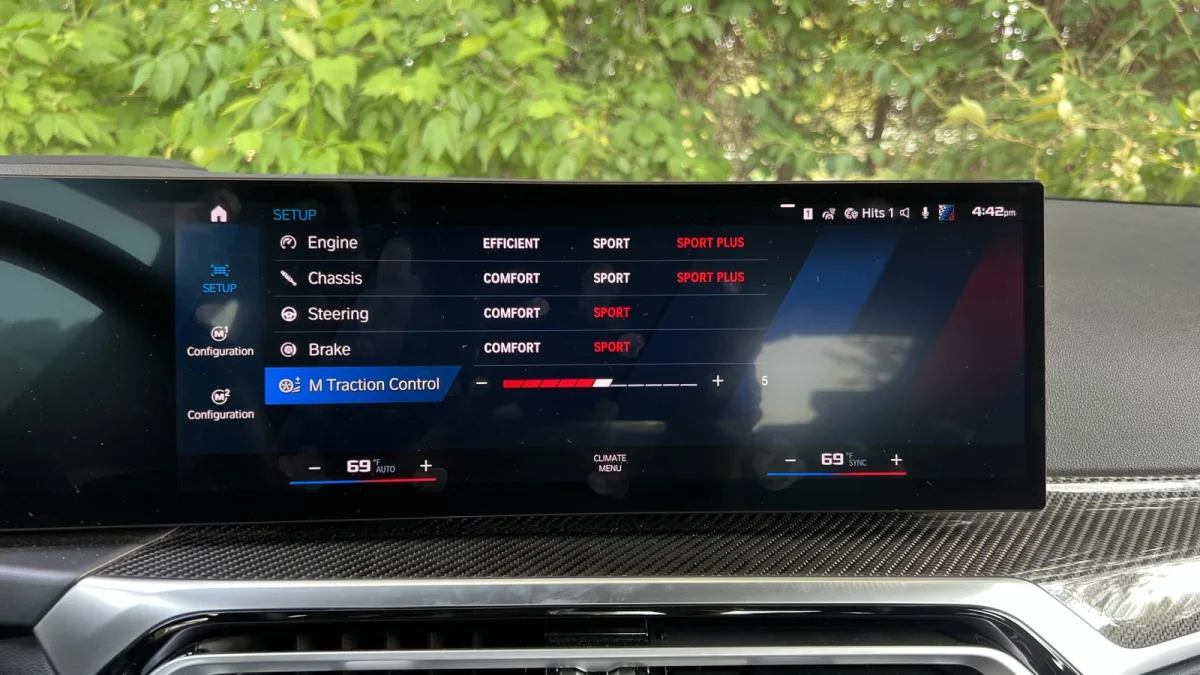We just recently crowned the manual-equipped 2023 Toyota Supra a victor in a fight between it and a manual 2023 Nissan Z. But it’s not the only BMW-based sports car to pick up a manual transmission. In fact, BMW itself has an even meaner manual coupe, the M2.
It builds on the 2 Series coupe in almost every way, most importantly with a much beefier turbo 3.0-liter straight-six. It makes 453 horsepower and 409 pound-feet of torque, that’s about 70 more horsepower than the aforementioned Supra (and its cousin the Z4). It’s backed by either a six-speed manual or an eight-speed automatic, and it gets a bunch of other upgrades such as bigger brakes and calipers, wider tires, a fancy rear differential and equally fancy suspension. It’s all wrapped in an extra wide body with chiseled body work.
I got to spend a few days running around Detroit with the hottest 2, and I’ve rounded up some of the key things that stood out to me about it. And if you’d like to read more about the M2, be sure to check out our first drive.
1. It’s got a manual transmission
In a world where even the hottest sports cars are going automatic-only for fast shift speeds and broad usability, the M2 bucks the trend as the only 2 Series variant with user-operated clutch and shifter. It’s something to celebrate for sure, and the more widely spaced gears let the driver savor the rising revs for a little longer. At the same time, it’s not a particularly great shifter. The throws are a little long and notchy, and when its close cousin the Toyota Supra has a tighter gearbox, we do wish it was a little better. But we can’t be too bothered because BMW is giving people at least one more opportunity to have a small, light, six-cylinder, rear-drive, manual sports coupe. Plus, if you really aren’t won over by the manual, the automatic is a no-charge option, and BMW’s automatics are some of the absolute best in the business.
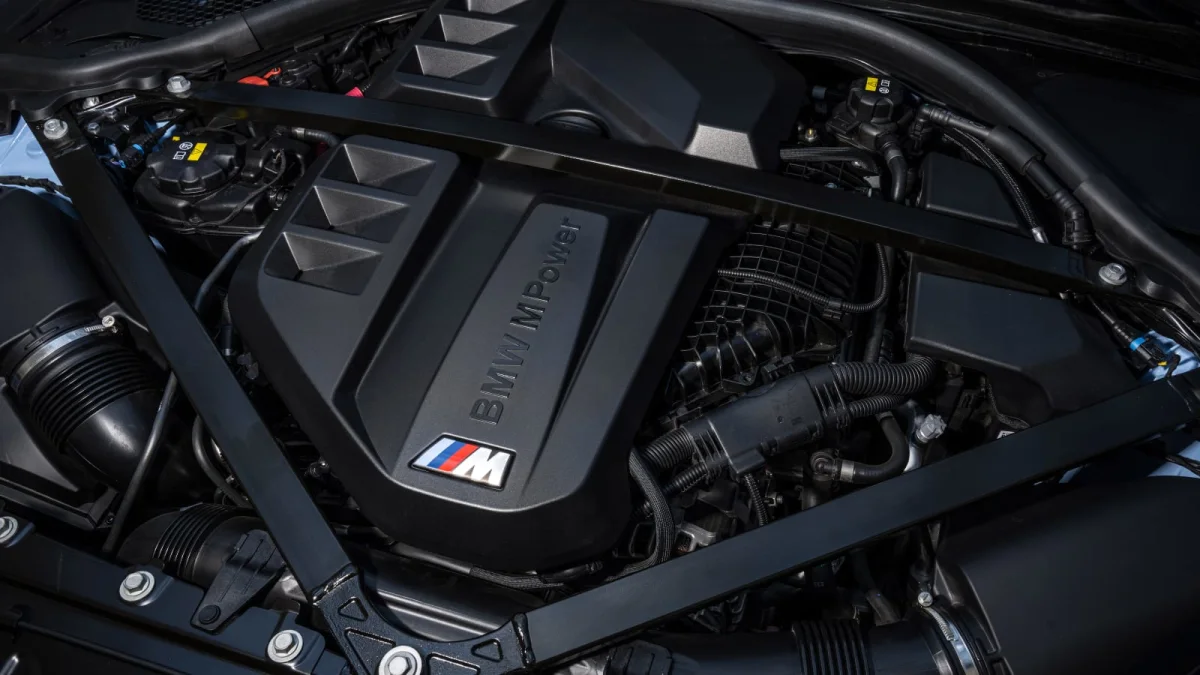
2. The engine rules
One thing that BMW almost never misses with is its engines, and the M2’s is wicked. It makes 453 horsepower and 406 pound-feet, but as with basically every BMW engine, it feels much more potent. Maybe it has something to do with the fact its in a fairly small package, since BMW’s estimated 3.9 seconds 0-60 mph time is 0.2 second faster than the base M3 sedan and M4 coupe that has 20 extra ponies. It’s brilliantly slick in its refinement, though interestingly, boost doesn’t come on quite as immediately as some of BMW’s less potent sixes. That lends a bit of visceralness to it. It has a bass-y, slightly blatty exhaust note, which can be quieted down at the press of a button. It’s good, though the crisper howl from say, the Toyota Supra, is more pleasing to my ears.
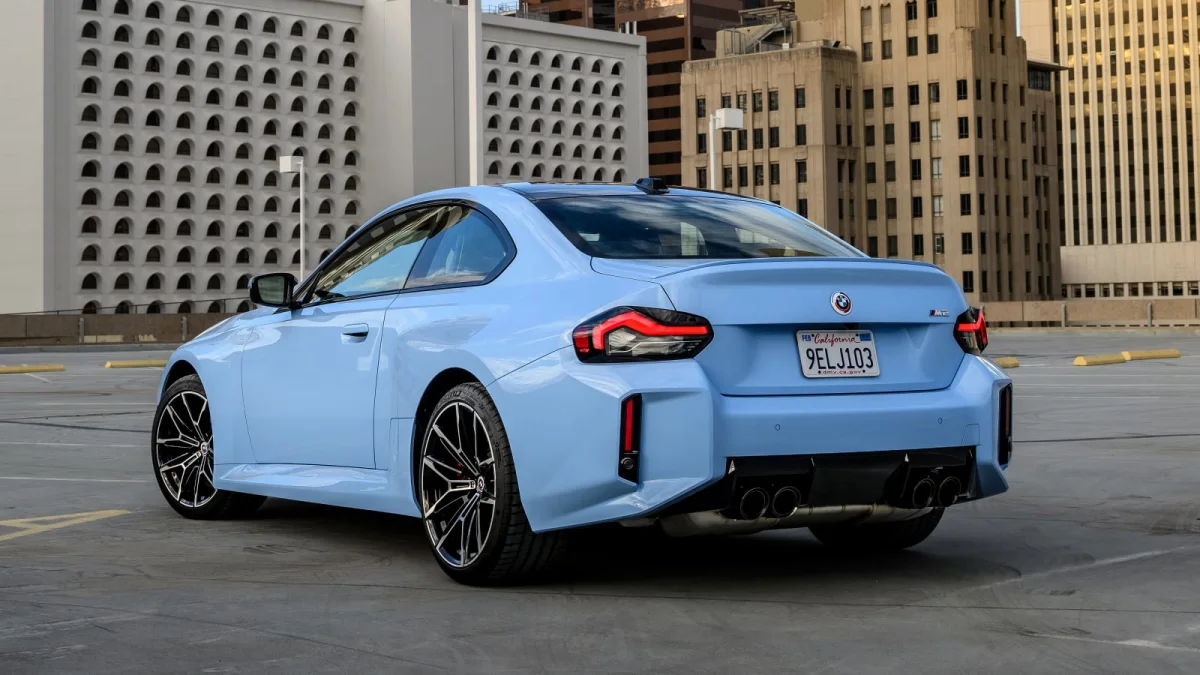
3. The chassis rules
Just as good as the engine is the chassis. Hot BMWs are some of the most rock solid chunks of car out there. With stiff but composed suspension and fast steering, the M2 jumps into any corner you think about, and bumps don’t bother it. And for a rear-drive car, it’s seriously planted, even hitting the throttle. Going back to the Supra, another BMW with Toyota tweaks, it’s comparatively wiggly, particularly on bumpy pavement. One could argue that’s more fun, but for sheer confidence and speed, the M2 is the place to be.
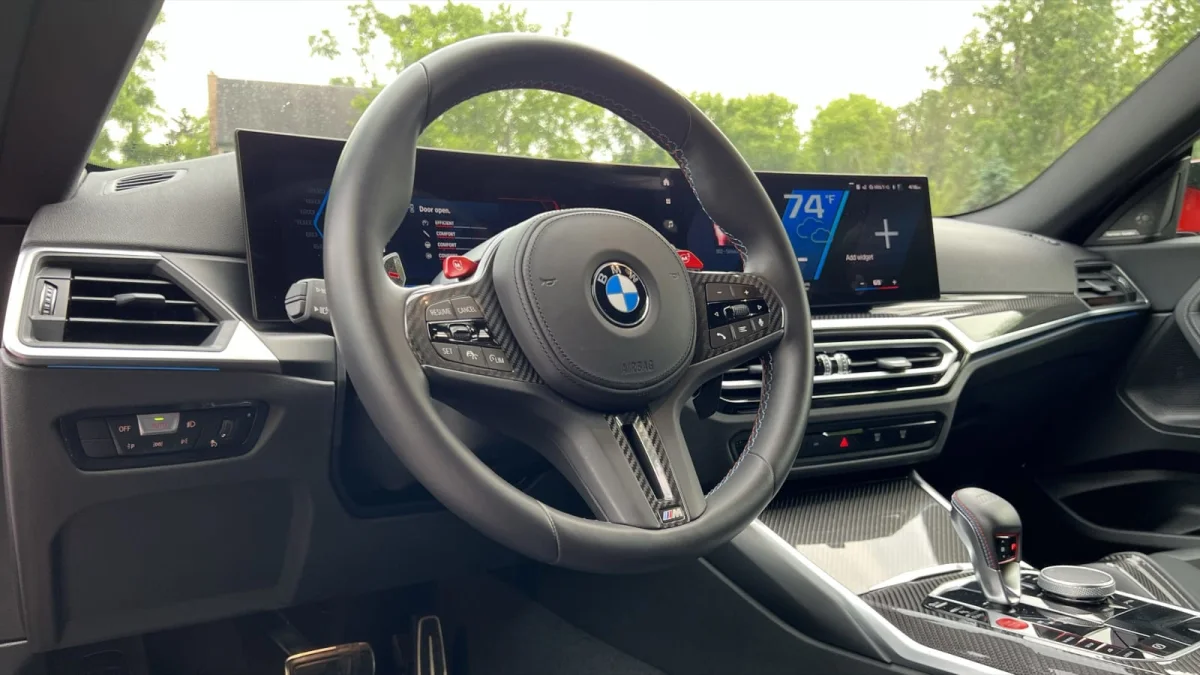
4. The steering does not rule
The steering is fast, and it is accurate. But it is also horribly numb. Which, like the last two points, is unfortunately a hallmark of BMWs. It’s so bizarre when the chassis is extremely talkative. It’s a good thing, too, since it almost makes up for the numb steering. And the sport setting for the steering at least adds in a little bit of heft to help you forget that it’s giving you the silent treatment.
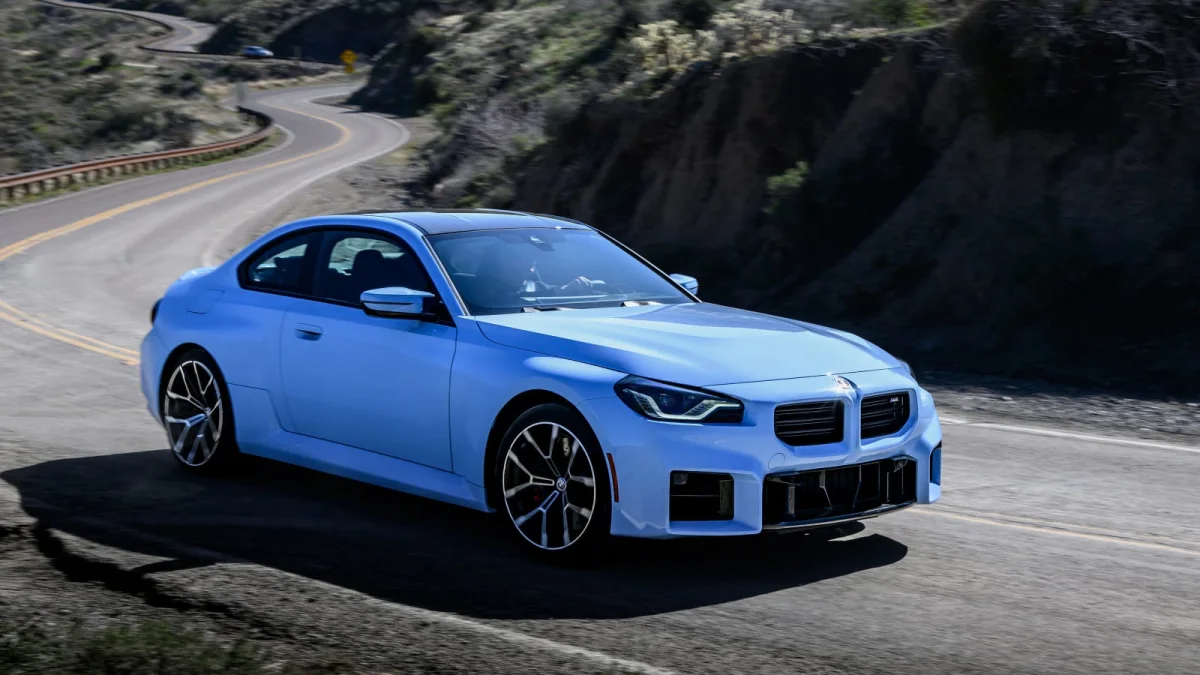
5. It’s not as pretty as the regular 2 Series coupe
This is of course very subjective, but the M2’s design (above left) feels like a step backwards for the looks of the regular 2 Series (above right). The squared-off headlights, the ballooned rear bumper and the fact that all the creases on the body work have just a little too much radius makes the whole car look a little plastic-y. It doesn’t have the fine details that work so well on the regular model. And to my eyes, the pale Zaandvort Blue ends up washing out what detail was left in bright sun. I think a more metallic color would help a lot. But I still would prefer the regular 2 Series models as far as looks are concerned. I do like those massive fenders, though.
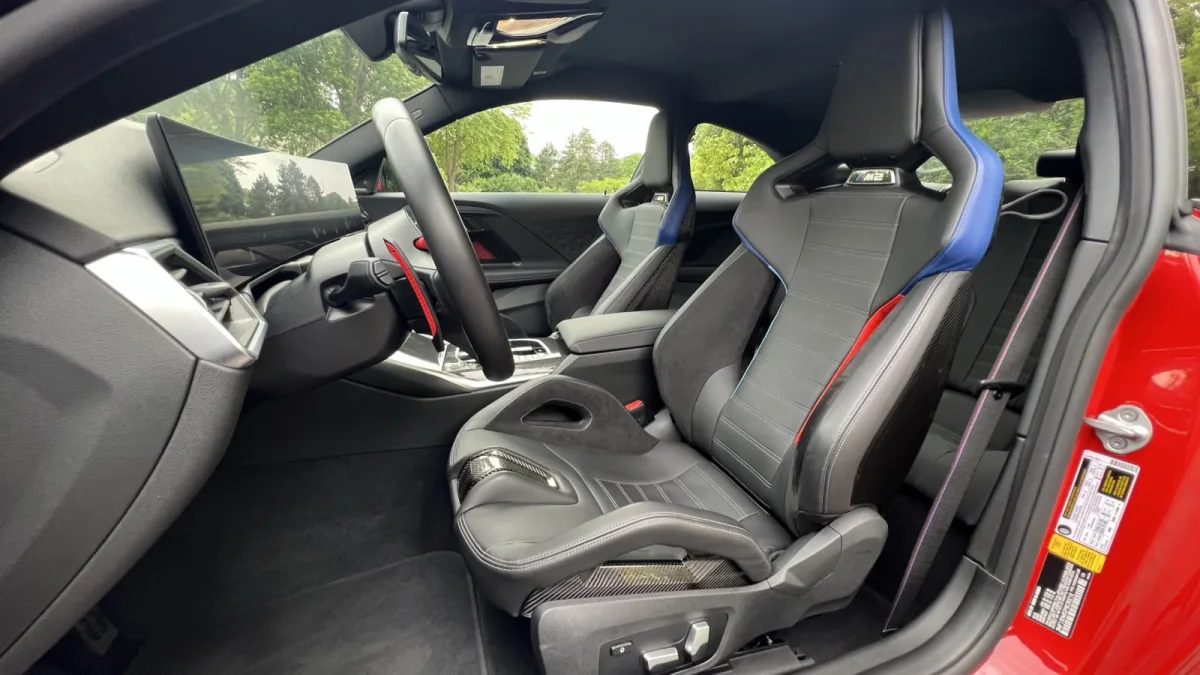
6. Think long and hard before selecting the Carbon Package
Performance car buyers, obviously, like performance, and getting as much of it as possible. As such, the Carbon Package, which goes for a substantial $9,900, will probably be tempting. But don’t jump on it before thinking about it, and probably more importantly, sampling the carbon-fiber bucket seats it comes with. They’re extremely stylish seats with even more extreme bolsters and anti-submarine hump. Plus they’re well-integrated with the car, unlike aftermarket sports and racing bucket seats. Comfort for such aggressive seats is pretty decent, and even if you’re on the bigger side like yours truly, it’s not too bothersome. The process of clambering in or out of them is the issue. The tall, solid bolsters and low roof make for awkward, uncomfortable and somewhat labored entries and exits. Every time I got to a destination, I let out a long sigh as I realized extricating myself was going to be a whole thing. Fine if your M2 is primarily a track car, probably inadvisable if you’re using it for daily drives, too.
The other reason to think twice about the Carbon Package is that the rest of the features are available separately, for a fair bit less. So you’re mainly paying for those seats. The carbon fiber interior trim is $800, the carbon roof is $2,600, and the M Driver’s Package, which is a one-day driving track driving school, is $2,500. If you don’t need the seats, it’s much better to go a la carte, even more so if there’s one or two of those other package features you can do without.
7. The custom drive mode configurations are in-depth
BMW has some basic default drive modes available to M2 owners, but it knows that most owners are going to want to fiddle with the details, and there are many to fiddle with. The engine and throttle, suspension, traction control, steering and the brakes, yes, the brakes, can all be adjusted between two or more settings. They can all be changed independently of each other, too, which is nice when you may really love, say, the steering in one setting all the time, but want to switch between aggressive or demure throttle response. Even better, you don’t have to pop open the settings menu to setup your preferred configurations over and over. Two bright red buttons on the steering wheel labeled M1 and M2 are shortcuts to two separate configurations. That way you can have your favorites literally at the tips of your fingers.
Before you have your favorite settings dialed in, you probably will be spending a lengthy session deciphering how each setting differs. I certainly did, bouncing between each variable alone, applying the scientific method to figure out what changed and what I liked. I preferred to always have steering and brakes in sport mode. The added weight to both was far from oppressive, and it felt far more natural and connected to what the car was doing. I’d also switch between the comfort and sport modes for the suspension and engine depending on how frisky I was feeling and how rough the road was.
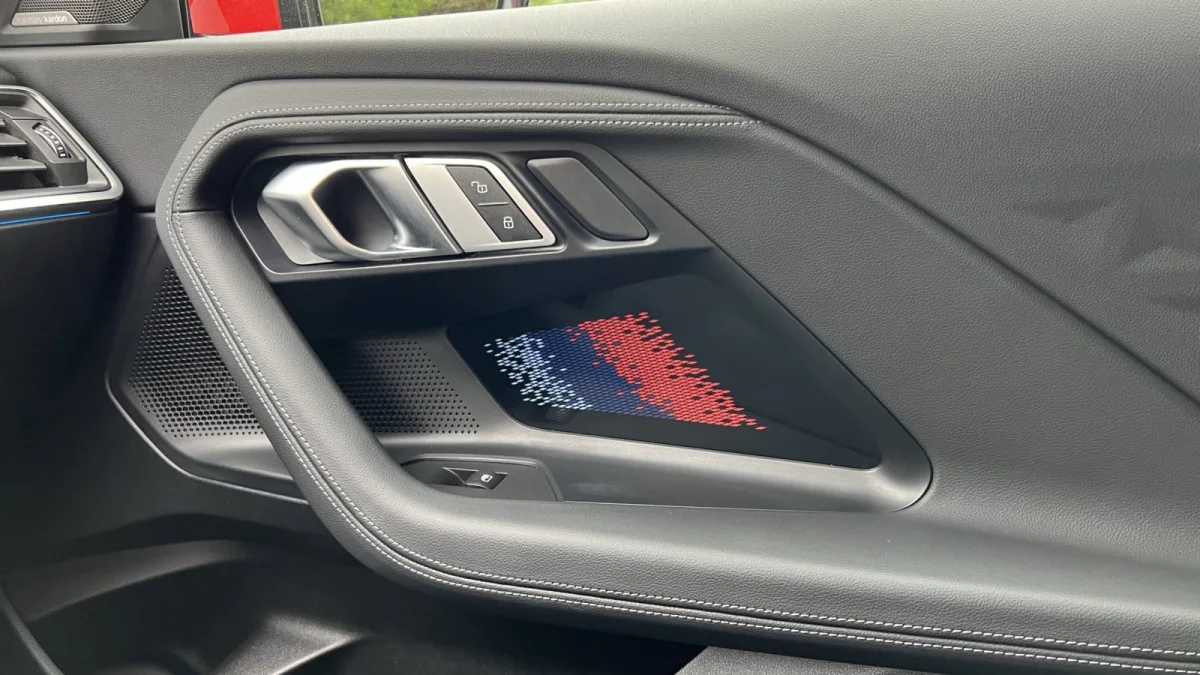
8. The interior lighting is neat
No, ambient lighting isn’t new, and a lot of what’s in the M2 is pretty typical for the segment. It’s got contour lights around edges of the dash and doors, and background lighting that reflects off other parts like the footwells. It also has a trick that we’ve seen on other M models, the illuminated logos in the seat backs (also seen on Hyundai N models). But the M2 has a newer piece of lighting in the doors, where what look almost like speaker grilles actually illuminate in the colors of M. It’s surprisingly slick and fun, in part because it’s more than just a uniform color all the way through. And somehow, all the lighting still feels a little more subtle and classy than the in-your-face lighting in modern Mercedes models.

9. It’s actually a pretty good deal
Yes, $63,195 is a big chunk of change. But you’re getting a lot of car for the money. That M3 we touched on earlier, which is slightly slower, starts at $76,995, more than $13,000 more than the M2. Add another $2,000 for the M4 variant. And outside of BMW, you can’t even get a base, 300-horsepower Porsche 718 Cayman for as little as the M2. That Cayman starts at $69,950. Over at Audi, you can snag an RS3 for just barely less than the M2 at $62,795. But it has less power and no manual option.
Furthermore, perusing the options for the M2, it’s great to see that there aren’t any mechanical performance features that have to be added. Yes, there is the carbon fiber roof, sport seats and driving school, but those will hardly change the way the car drives. So you can get the bare bones M2 and be assured you’re not missing out on anything important, and that you’re getting one heck of a sports coupe.
Related Video:


